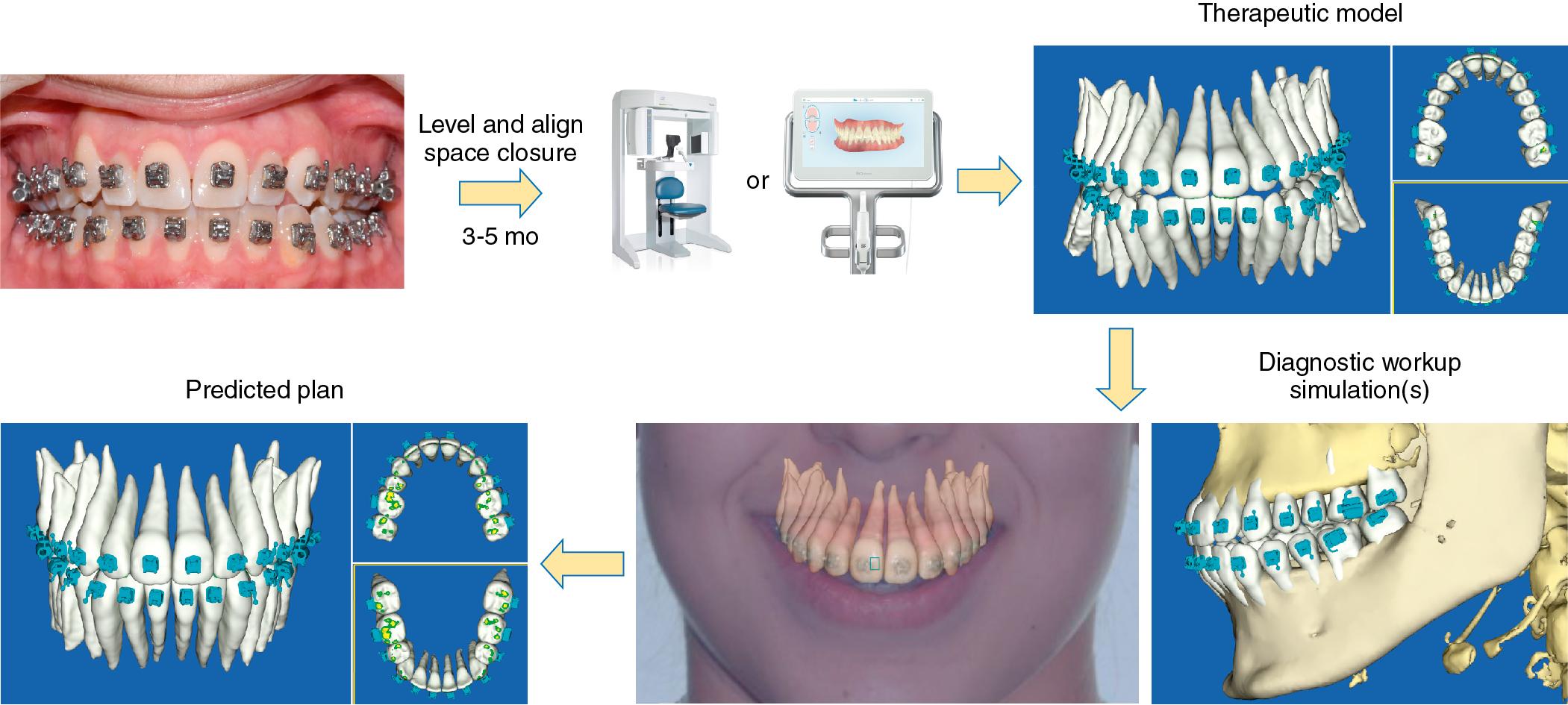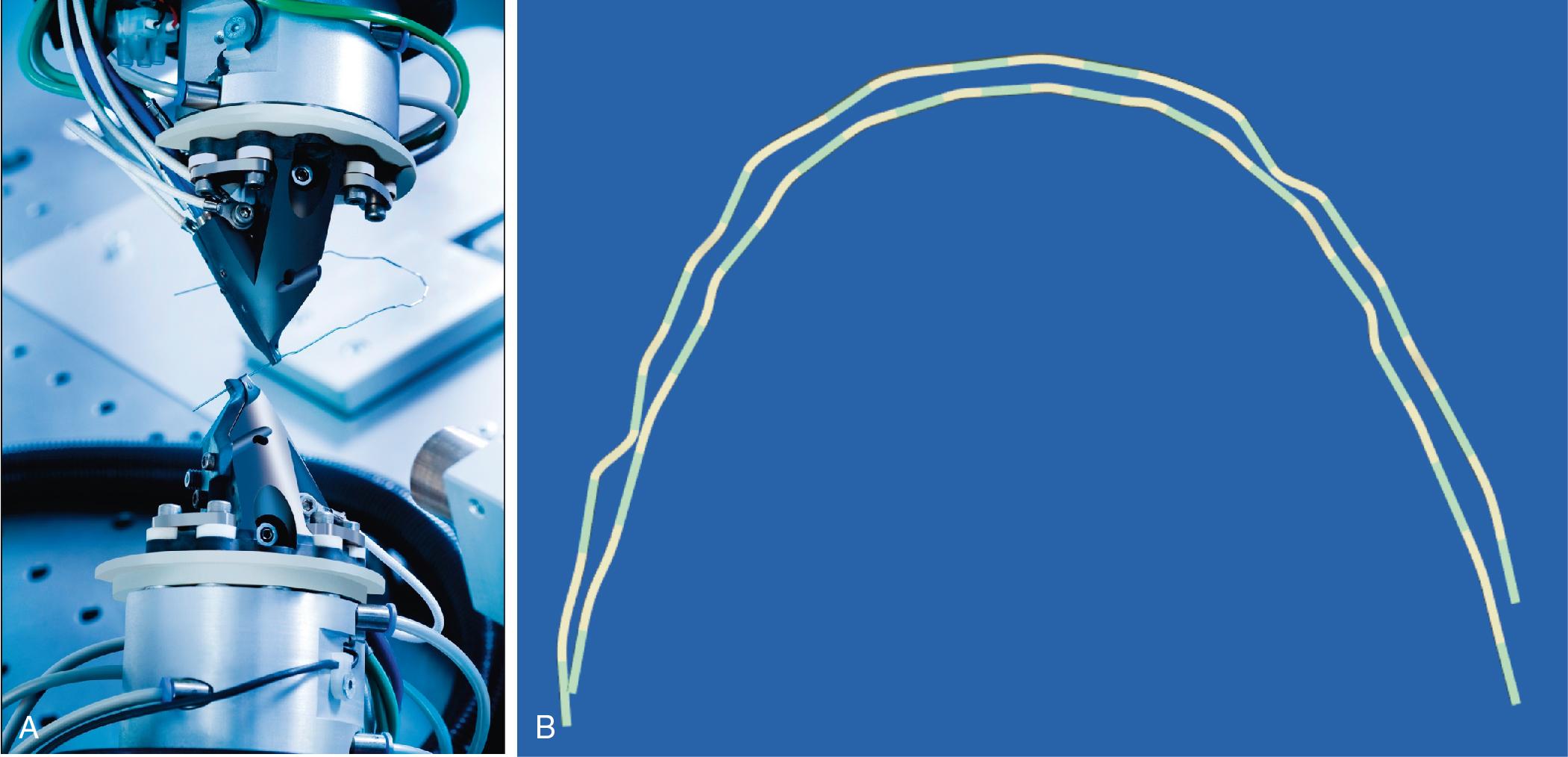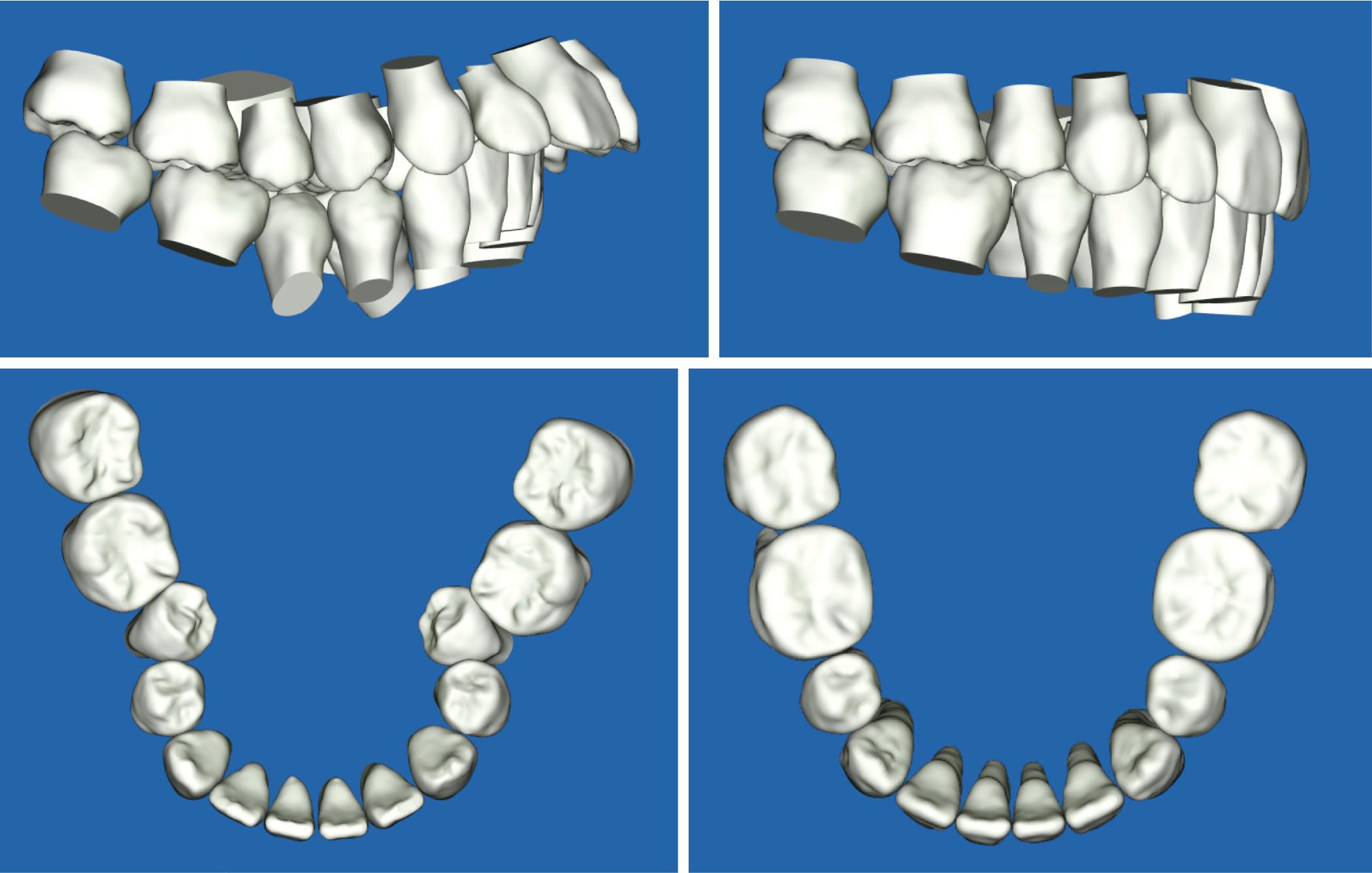Physical Address
304 North Cardinal St.
Dorchester Center, MA 02124
Orthodontics has seen a number of major advances in the past 20 years. , The introduction of high memory, resilient metals, and three-dimensional cone beam computed tomography (3D CBCT) imaging could be chapters on their own for the significance they have had on the profession. However, for the purposes of this chapter, we would like to concentrate on the paradigm shift to computer-aided design and computer-aided manufacturing (CAD/CAM) that has changed the entire orthodontic delivery system and can be leveraged to significant advantage for the craniofacial and surgical population.
Precision in orthodontic alignment is always a primary objective of any treatment plan and even more critical when orthodontic treatment is combined with orthognathic surgery. The better the alignment and fit of the occlusion at the time of the procedure, the less likely that occlusal interferences could affect surgical outcome and stability. With CAD/CAM technology, not only can we visualize the skeletal structure and dental anatomy better than we ever have, but we can make diagnoses and plan treatments more accurately because we can visualize a simulated endpoint.
Several manufactures have developed systems utilizing CAD/CAM technology to generate the forces necessary to move teeth. Invisalign (Align Technology) was the first to use computer-aided design to manufacture clear, removable “Aligners” in 1997. SureSmile (OraMetrix) was the first to introduce, in 1998, a customized computer-aided orthodontic wire system, which has been commercially available since 2005.
For the purpose of this chapter, we will discuss these two systems as representatives of the many manufacturers that have introduced competitive products in the past 10 years.
In conventional orthodontic treatment, stainless steel wires were the foundation of the mechanical forces for tooth movement, but heavy wires produce a high initial pressure that dissipates very quickly and often overpowers the periodontal ligament, causing cellular necrosis. A major advantage of the newer, high-memory metals, such as copper–nickel–titanium (CuNiTi), is the ability to exert a very light pressure over a long period and that large deflections do not necessarily increase force levels. Light, continuous pressure produces the most efficient tooth movement, healthier roots, and periodontal bone support while providing greater patient comfort. The challenge with the soft resilient metals is that they are difficult to bend. Flexible metals that are able to retain bends, for example, Beta-Titanium, often become fragile and break.
The SureSmile process ( Fig. 18.1 ) starts with a CBCT scan or an optical scan of the dentition to create a digital model. The advantage of using CBCT is the accurate visualization of the root angulations. The SureSmile software allows for individual teeth and brackets to be digitally moved to create an ideal setup of the final tooth position within the maxillary and mandibular dental arches. Sequential computer-aided/manufactured orthodontic wires are fabricated from the initial position to the final position of the dentition. The customized wires can be made from a variety of sizes (0.016 round to 0.019 × 0.025 rectangular) and materials (CuNiTi, Beta-Titanium, Elgiloy, and TiNb). The SureSmile laboratory uses a robotic arm to heat the wire, make the appropriate bends, and cool the wire so that the bends will be maintained ( Fig. 18.2 ).


SureSmile technology has an advantage over other CAD/CAM systems because the system itself is bracket agnostic—meaning, orthodontists can choose whatever bracket they are most comfortable with.
Initial records using CBCT technology and intraoral scans of the dentitions can be used to simulate treatment outcomes, and this can be extremely helpful in choosing among multiple treatment options. Fig. 18.3 shows the initial scan of a patient with severe crowding. The SureSmile software allows the orthodontist to easily manipulate the model teeth to create simulations to visualize and measure the amount of expansion needed to align teeth and help determine the need for extraction. This can be extremely useful in situations where multiple missing teeth can produce unusual occlusal schemes and require adjustments in alignment to produce even occlusal contacts.

Become a Clinical Tree membership for Full access and enjoy Unlimited articles
If you are a member. Log in here